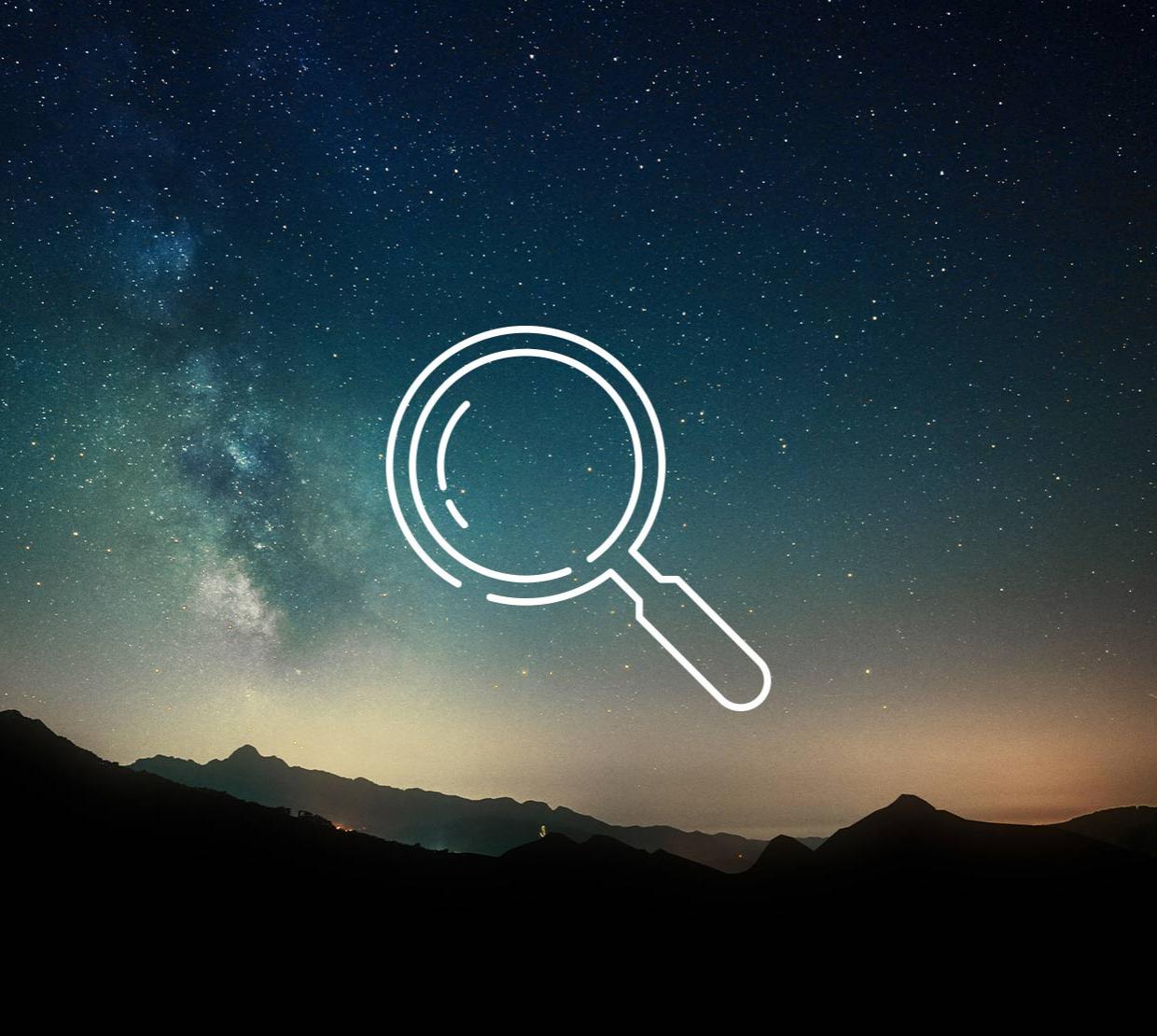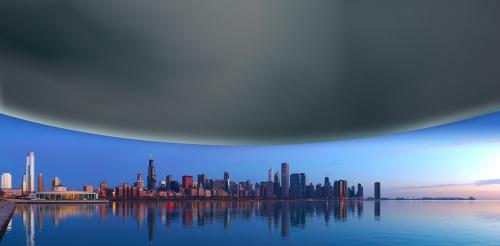Most commonly explained as ripples in the space-time continuum, gravitational waves are caused by violent cosmic phenomena such as merging black holes and exploding stars. The events release so much energy that they create distortions and waves in spacetime, the fabric of the Universe.
The breakthrough gravitational wave event involving for the first time a pair of exploding neutron stars produced gravitational waves, a short duration gamma-ray burst and a resplendent kilonova. Because the exploding neutron stars emitted both radiation (light) and gravitational waves, the event was observed by electromagnetic telescopes and gravitational wave detectors like LIGO. This unprecedented combined detection heralds a new era of science called "multimessenger astronomy."
At CIERA, Larson is one of two astronomers who works on the gravitational wave side. The event was observed by thousands of astronomers working at more than 70 laboratories and telescopes on every continent.
"This is the first detection of gravitational waves that didn't involve a pair of black holes but was a result of two neutron stars colliding. The event produced both gravitational waves and light that will lead to more robust astrophysics and expand our understanding of the universe," said Larson.
Neutron stars are ultra-dense remnants of stars formed when stars exploded in the supernova explosions that took place billions of years ago. Approximately the size of a city, a neutron star has gravity 190 billion times stronger than earth’s gravitational pull and mass 1.5 times that of the sun. When a star explodes or dies, it leaves behind a small core where under the pressure of gravity, protons and electrons combine to form neutrons, hence the name neutron star. Astronomers estimate the kilonova released heavy elements such as gold 40 to 100 times the mass of the Earth into space.
New age in astronomy
The revolutionary occurrence has set off a storm of new research findings laying bare the fundamental secrets of the universe. One of the key findings has been the confirmation about the reasons for a gamma ray burst.
“For a long time, we didn’t know with certainty what caused gamma ray bursts. Now it is confirmed that short gamma bursts are created by colliding neutron stars,” said Larson. Gamma-ray bursts are bright electromagnetic explosions that periodically occur in the cosmos. But the causes of a gamma ray burst had been shrouded in mystery for astronomers since its discovery four decades earlier.
By combining electromagnetic astronomy with gravitational waves, astronomers can explain other phenomena in the universe: a measurement of the expansion of the universe, the origins of Earth's most precious metals, and the life and death of a neutron star.
But questions also linger. In a CIERA video, Larson discusses the mass gap mystery, which is an unresolved question about what forms after the merger or collision of two neutron stars. Larson opines that it may be either an extremely heavy super neutron star or a light black hole. Perhaps time and the next gravitational waves discovery can reveal the answer about the last phase of a neutron star’s life.
Larson and his collaborators at Northwestern as well as the LIGO project have put out a virtual avalanche of papers following the recorded collision of the neutron stars. While Larson is one of 4000 authors on the foundational paper published in Astrophysical Journal Letters that reports on the results of the neutron stars event, he has also collaborated on other LIGO papers that involve an analysis of gravitational data to predict what can be observed with a telescope.
In the weeks and months following the momentous discovery, Larson and other science communicators carefully prepared information that would help to best explain this one-of-a-kind scientific event to the public. The extensive two-months long planning and hard work paid off on October 16 when the world woke up to the news of a new age in astronomy. As a member of the communications team at LIGO and at CIERA, Larson and his colleagues paved the way for the announcement by working on public accessible publications, news releases, visualization plots,and interactives that were widely disseminated to federal research agencies, media houses and the public at large.
The journey
Larson is exhilarated by the discovery, "the culmination of decades of hard work, difficult hardships and anticipation." His journey toward the most significant astronomical discoveries of the last 100 years started at Oregon State University where he studied the subject for the first time.
Larson was a mechanical engineering major until he took his first astronomy class, Introductory Astronomy: Stars and Galaxies, taught by late Professor David J. Griffiths and changed his major. “After three days of astronomy with David, I switched to physics,” recalled Larson.
Habits learned as a physics undergraduate continue to guide him. “The things I do in research at a basic level are things I learned as an undergraduate: how to take notes, solve problems and engage in inventive thinking.”
Physics Professor Corinne Manogue, who was his advisor, as well as math Professor Tevian Dray were huge influences on Larson, who also undertook undergraduate research in a biochemistry and biophysics lab.
“College of Science is definitely my home at OSU and it is always a huge joy to return there,” said Larson, who visited campus last year to deliver a Science Pub on the discovery of gravitational waves.
Adding yet another feather to his cap, Larson was named to the NASA LISA Study Team. LISA, the "Laser Interferometer Space Antenna," is a space-based detector that will be jointly flown by NASA and the European Space Agency near the end of the next decade.
According to the CIERA press release, "The NASA LISA Study Team was established by NASA HQ in October 2017 to assist the U.S. community in preparing for the 2020 astrophysics Decadal Survey and provide input to the Study Office and NASA HQ on the LISA mission. It consists of independent U.S. scientists with expertise in gravitational wave technologies, signal analysis, and astrophysics."
Larson’s appetite for staggering astrophysics discoveries remains unabated, and he is excitedly working toward and anticipating the next discovery that will reveal yet another piece of the Universe.
Read: 150 years of science for sea and space.






